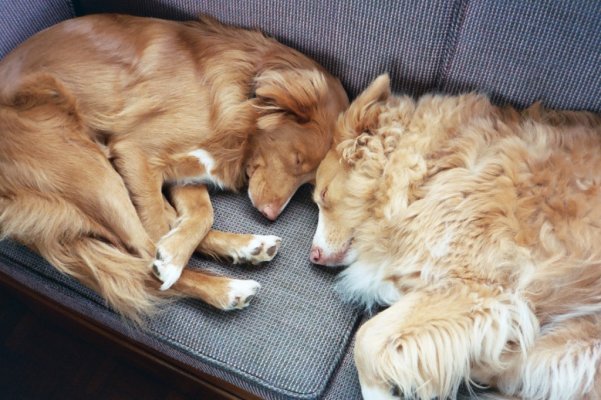DutchProf wrote:
*
For now, I am intrigued by the "boat size question". *My wife has strong feelings about the split fore-aft arrangement - I am OK w that, but liked the Europa sedan style quite a lot. **Be that as it may - we think it is reasonable to assume that we will have couples join us relatively frequently for legs of the trip that permit them to "fly in and out". Given the relative comfort level of two couples and a HUGE (85 lbs) dog, I was moving my target length up to the 42-45 ft. range.
However, lots of folks suggest keeping it small
A Europa is a wonderful configuration for the PNW because with our near-constant drizzle and overcast, windy days, the covered and enclosable aft deck gives you a great place to be outside while not being outside.* So if your proposed boating area(s) tend toward rainy, windy weather, a Europa-type configuration (which can be had in a pilothouse boat like a Krogen, Fleming, etc. as well as a fly-bridge type boat like a Grand Banks) is superior, at least in my opinion.
A tri-cabin is great for having guests because you have the main cabin between you and them, and most tri-cabins include a second head up forward.* So if somebody wants to sleep in, the other party doesn't have to wait in their cabin before coming up to make coffee.
The mantra about buying the smallest boat you can afford does not imply that you should get a boat too small for your requirements.* If you determine that in order to accomdate you, your guests, your dog, and so on a 42 or 45-foot boat is what's needed, then get a 42 or 45-foot boat.* A boat that's too small will frustrate and disappoint you just as much as a boat that's too big.* But if a 42 foot boat will accomodate all your needs, it*may be smart not to buy a 50 foot boat just because you find one that you can afford.
An 85 pound dog is going to take more consideration than one might think in terms of boat configuration.* Unless you will always be going to docks you'll need to get the dog on and off the boat for shore visits.* Which means you'll have to get him in and out of the dinghy or shoreboat.* A step-down aft cockpit (like on the back of all but the last batch of GB46s) with a transom door makes this a whole lot easier than lifting the dog off the deck, lowering him to the swimstep, and then reversing the procedure when you come back.* Some people have devised ramps that can be attached to the stern of the boat to let the dog get down to dinghy level on is own.* But however you deal with it, you'll have to deal with it.
Does the dog like to sleep with or near you?* If he does, how will he be at negotiating the usually very steep companionway steps to a forward or aft cabin?* Dogs can destroy a nice finish job on steps or a cabin sole in short order if they slip on the way up, to say nothing of injuring themselves.* Even though our dogs have always been able to get up and down into the aft cabin on their own we now lift them both ways because years of jumping down the steps into the cabin contributed to a severe back injury to one of our dogs.
We have*taken a dog with us on the GB every time we've gone out.* For two years we had two dogs, an old one and a puppy, on board.* Now we're back to one.* All our dogs over the years have been the same breed, with average adult weights*between 40 and 50 pounds.* We can lift these dogs over the stern*caprail and lower them to the swimstep to get in the dinghy, and we can lift them back up to the main deck.* They are water dogs and have quickly*learned to deal with getting in and out of*a pitching, rocking dinghy on their own.** But we wouldn't want or be able to* lift them between the deck and the swimstep if they were any larger.
So I would put more emphasis on how you're going to make boat life easier for the dog than a lot of people might be inclined to do.* Dogs are wonderful boating companions-- ours have added an incalculable amount of*enjoyment to our boating experience--- but they have needs that have to be accomodated.* And the bigger the dog, the more challenging it can be to accomodate them.* So don't forget about the dog as you're oohing and ahhing over the various boats you check out.
The photo is when we had two dogs on board--- this was one of their favorite "underway" positions until the puppy outgrew it.
-- Edited by Marin on Monday 13th of September 2010 08:39:04 PM

